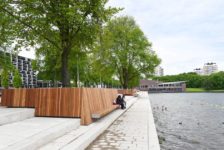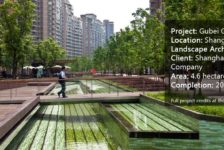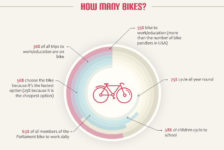In a hope to create greener communities, London’s Mayor Boris Johnson has come up with a plan to create “100 tennis court sized pocket parks” in the city. Like all urbanized cities, the need to make them more environmentally friendly has become so much of an issue that creating miniature pocket parks are a quick, easy and enticing option. Moreover, in a trend that is gaining momentum throughout the country, a growing number of communities in the United States are establishing tiny parks in an effort to drive registered sex offenders out of town. Although more and more cities are becoming eager to create pocket parks, more thought needs to be put in on the purpose, use and character, not just for the ease of the size. You only have to look at the very successful and thriving Paley Park, a timeless pocket park in New York (the city where this trend began), to realize the social and ecological impacts pocket parks can have on the surroundings. It exists as a peaceful “sanctuary” and is treasured by all.
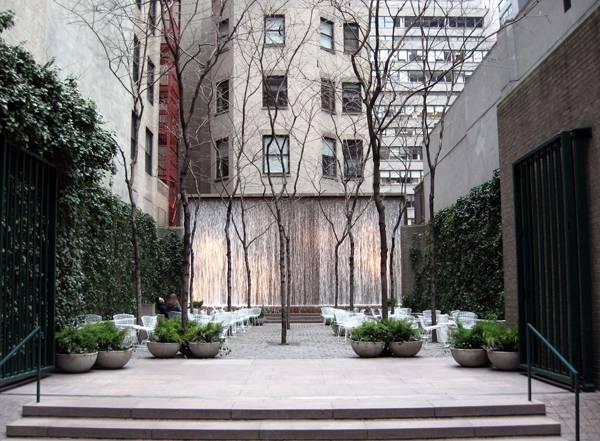
“Creative Commons Paley Park on a cloudy, chilly late winter afternoon”. By Jim.henderson licensed under CC
Here are some important guidelines that should be considered before deciding to create a lasting oasis of green:
1) Secure the community’s commitment The more inclusive the decision making, the more successful the park will be. Think about those in the neighborhood– is there someone who is an expert gardener, someone who knows what’s going on at every block? Pocket parks are a community space and this consideration should be paramount. Involving people in the process is much more engaging than bringing in those who know nothing about the area or the community.
2) Choose a site Think about how the site will be used and be site-specific–any empty lots just won’t do! What kinds of improvements are needed? Keep in mind how much the neighborhood can realistically take on to address issues such as the creation and maintenance of the plan and to make sure the space suits all expectations.
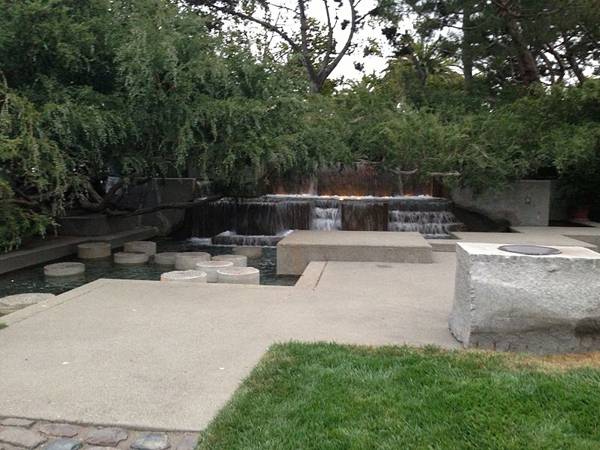
“Creative Commons Levi Plaza Fountain, by Dmadeo, licensed under CC 3.0
There are no set designs for pocket parks. Each one is different depending on the size and use of the space, but space is usually restricted and user needs will be varied throughout the day. A few trees and seating just may not be enough!
4) Secure long term and short term funding Not all neighborhoods have a lot of money to invest in such projects. Looking at various resources for funding such as money from businesses avoids having a limited amount of money for maintenance in the future. Long term funding such as corporate sponsorships mean the neighborhood will save money to cover for necessary repairs.
5) Pursue consistent engagement Just as maintenance is a never-ending job, so is everything else involved. Pocket parks should not become neglected over time. Ongoing communication with the neighborhood is vital to keep everyone interested and involved in the development and changes that take place. As with any new parks or recreation innovation, there are challenges. In the end, size does not matter when one tiny plot becomes loved by all. Therefore, its purpose should strive to provide maximum benefit to the community as a whole. For those involved in such projects, let’s strive towards the design of pocket parks being as thoughtful and provocative as large parks! Article written by Win Phyo
Published in Blog



